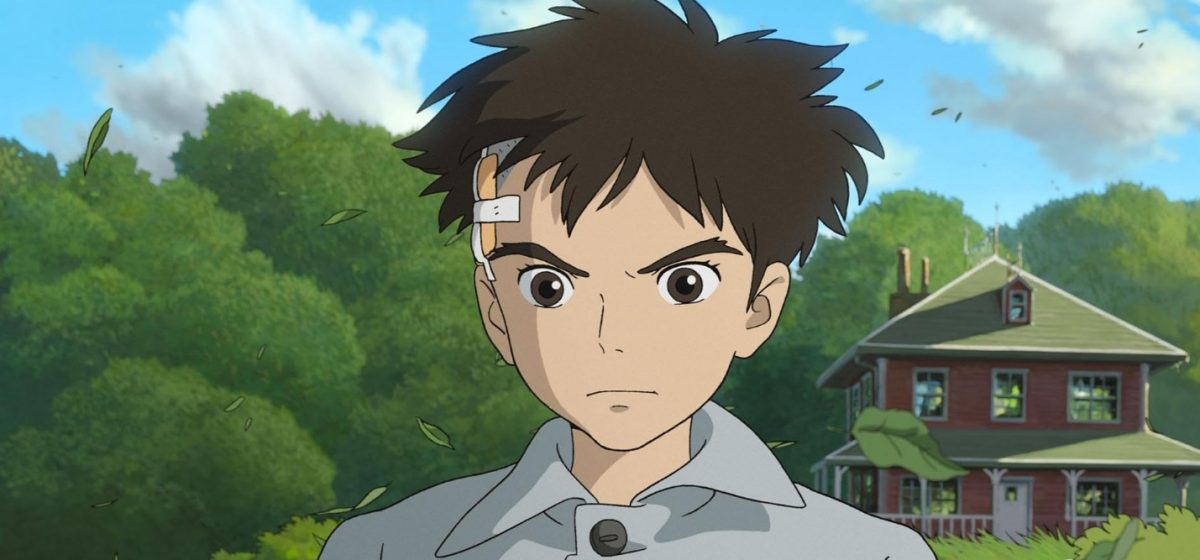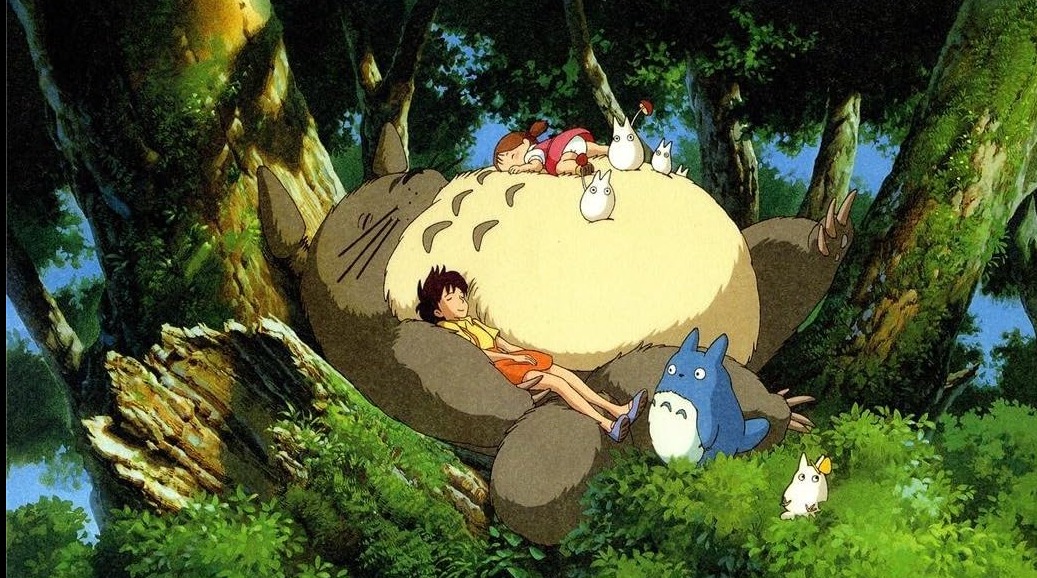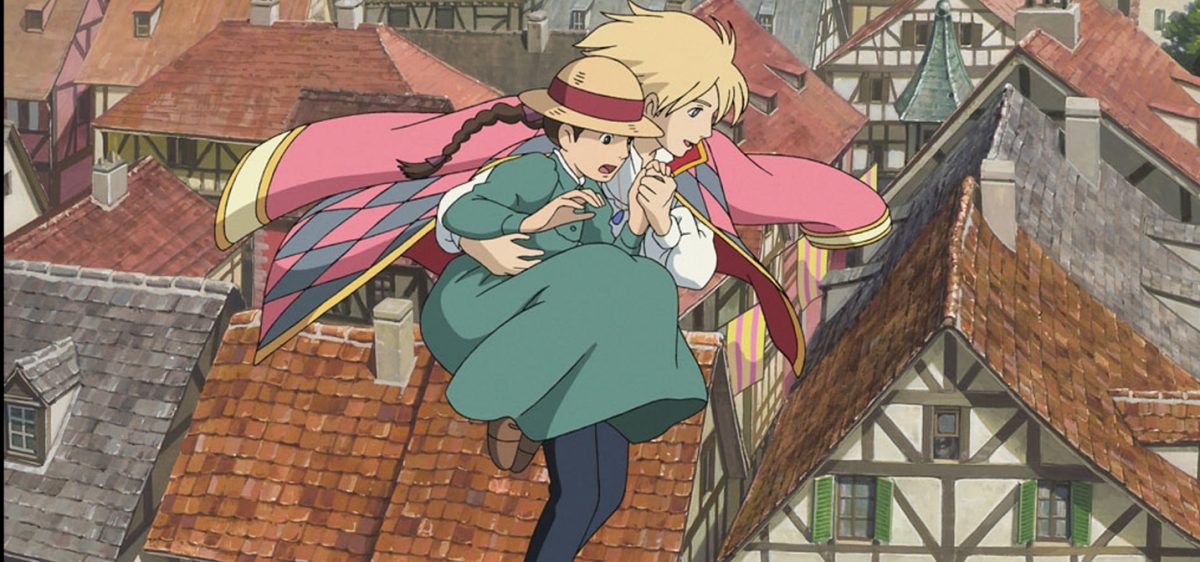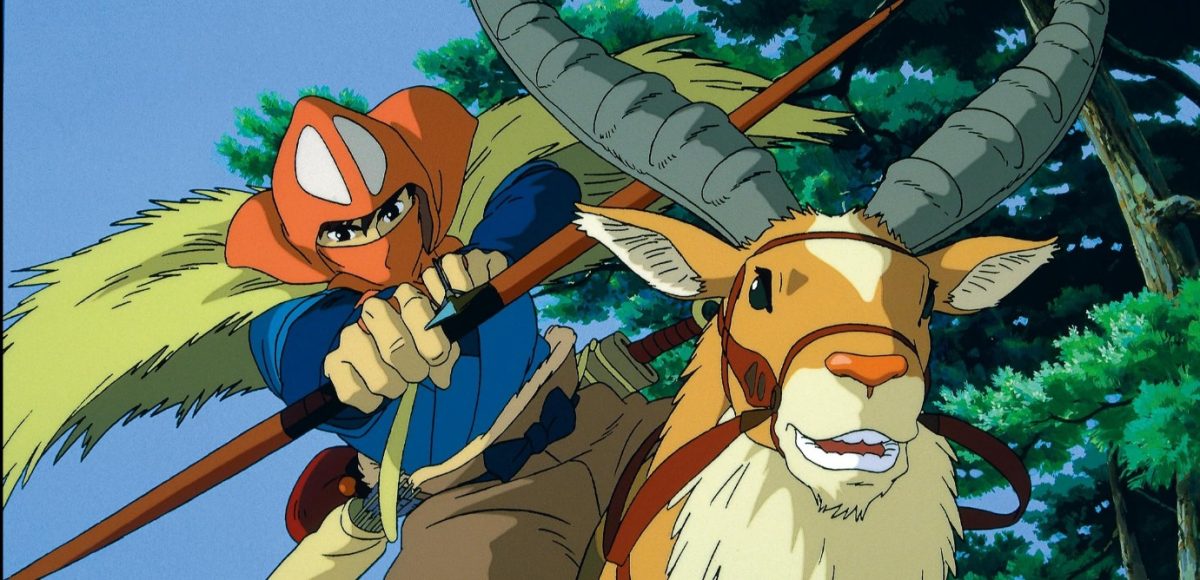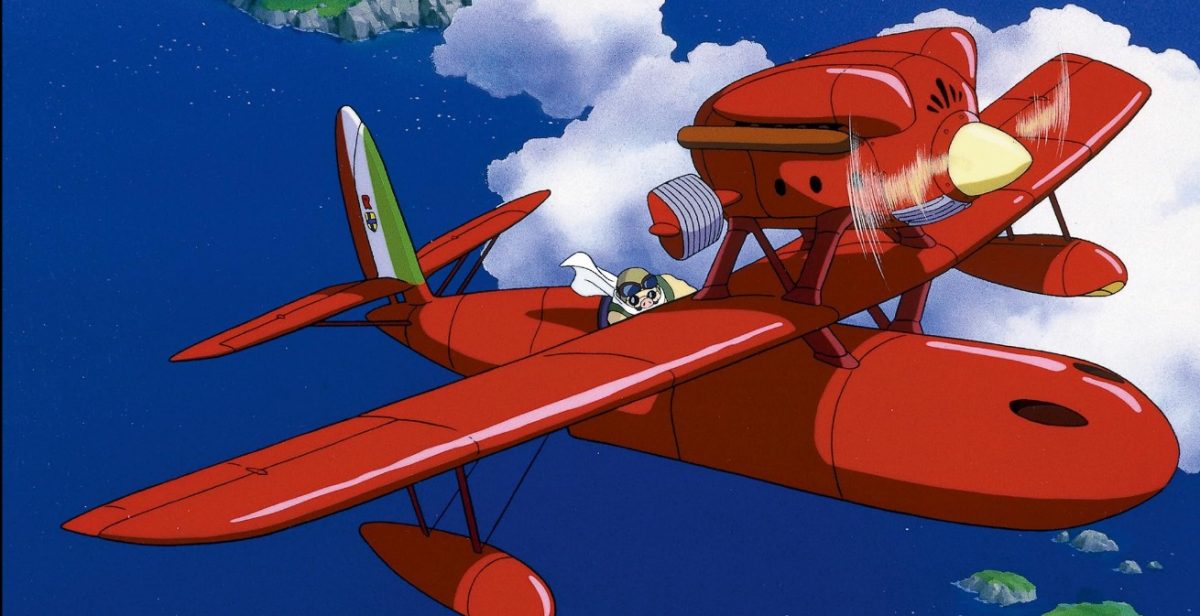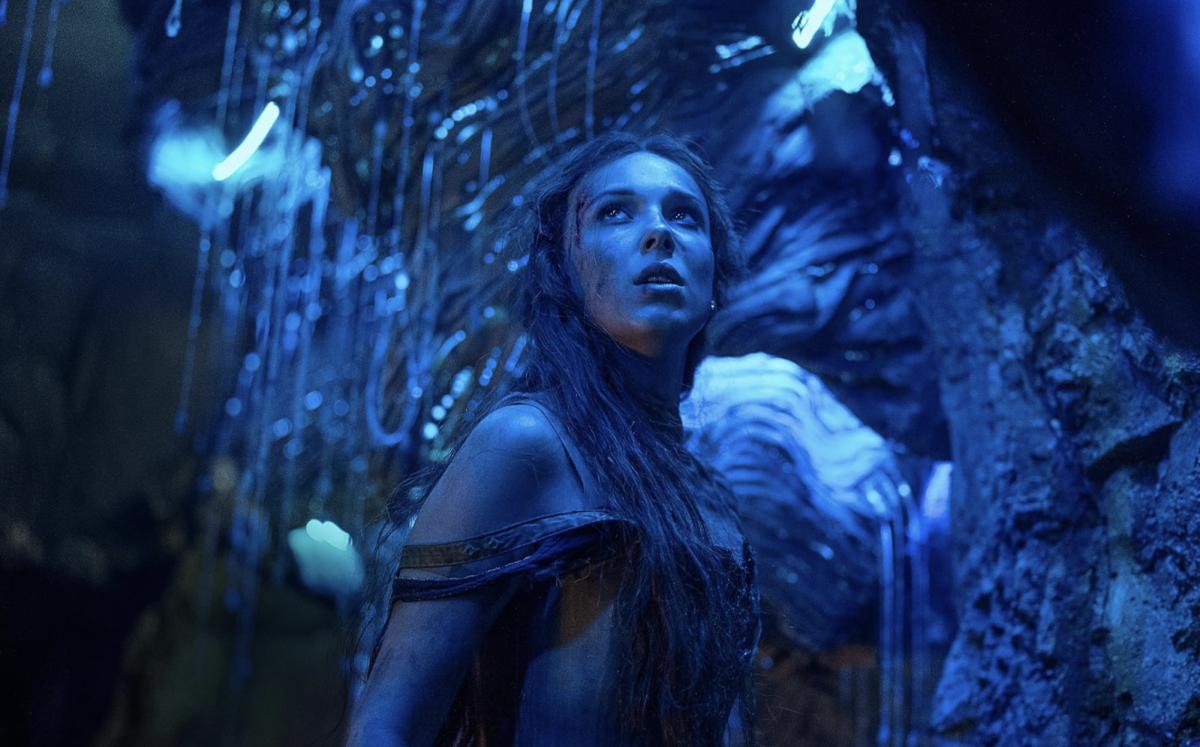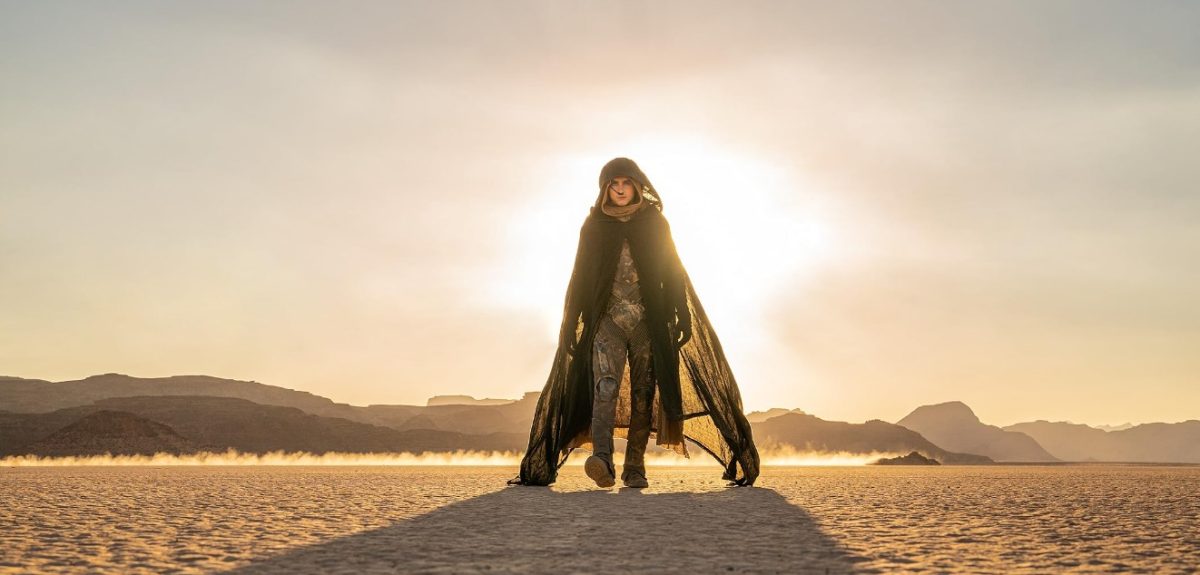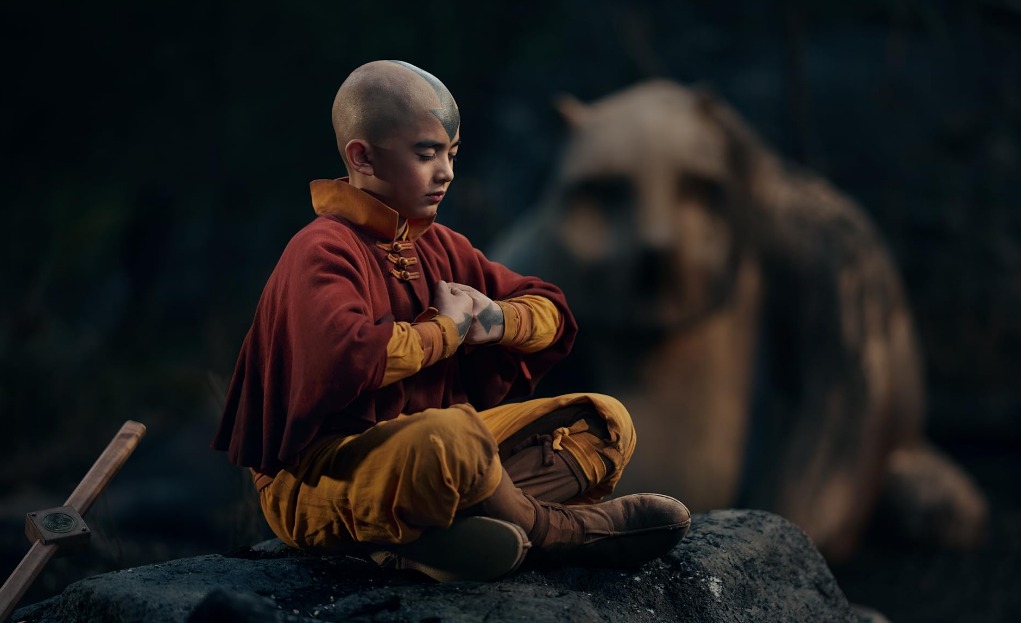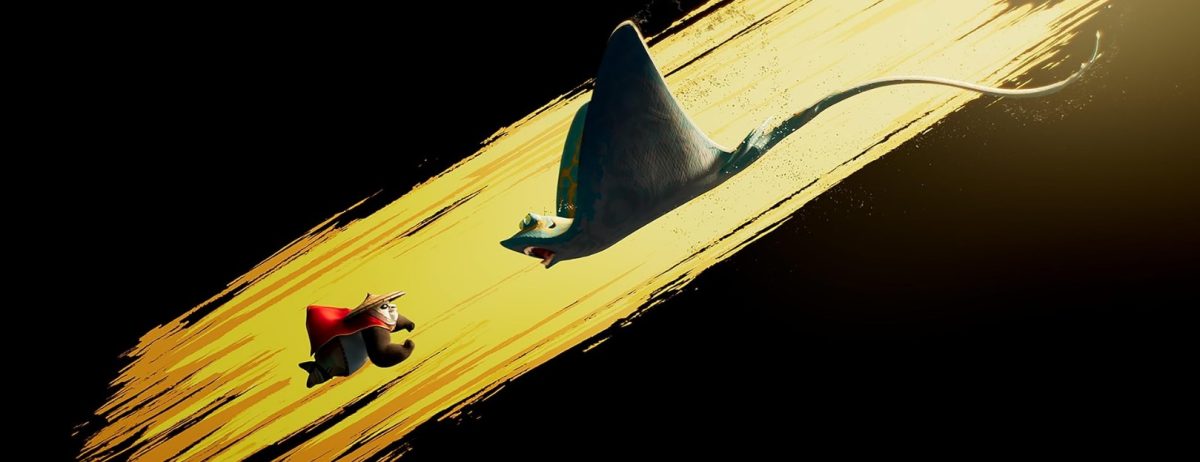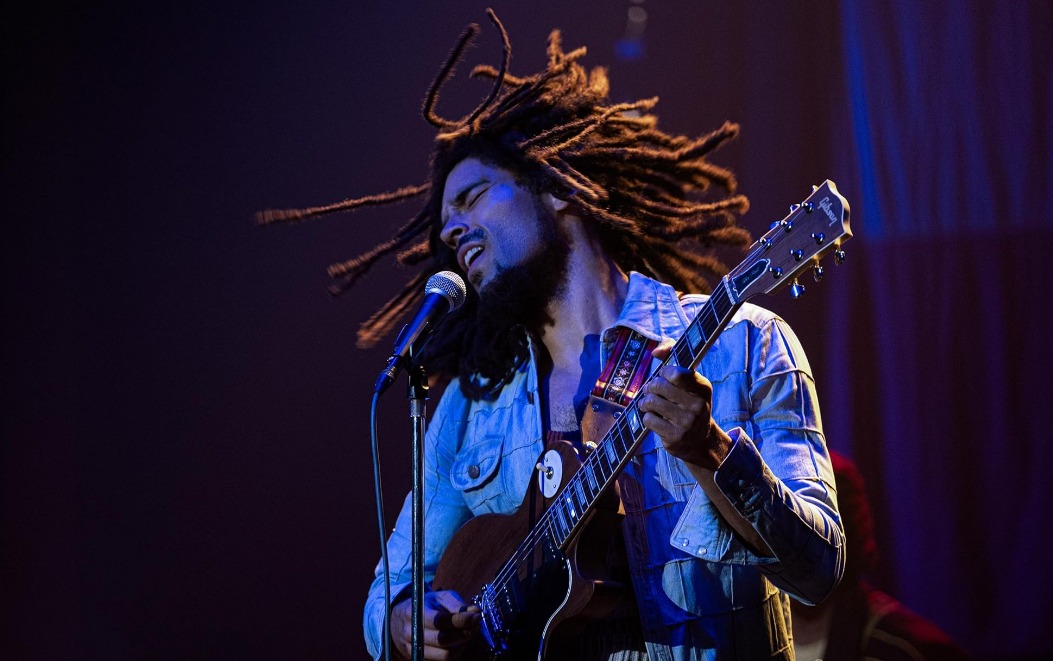
After walking out of the movie theater, the group of friends I went with (knowing I was writing this review) asked everyone’s favorite four-word question after watching a movie, “what did you think?” What was my response to them? “It’s fine, I guess.”
“The Boy and the Heron” is the latest movie by legendary filmmaker Hayao Miyazaki and Studio Ghibli. It follows a boy, Mahito, traumatized by his mother dying in a fire. A few years later, his father gets remarried and uproots the family to a new home. After his stepmother runs away, Mahito follows her into a fantasy world where he has to try and save her — all while he faces the grief of losing his mom.
The setup for Mahito’s character is fantastic. Instead of telling us about Mahito, or having him tell us about himself through dialogue, the movie shows us that Mahito is brave, smart and resourceful, but still struggles with the trauma and grief of losing his mother. Despite this fantastic introduction, one of the movie’s biggest issues is the lack of a clear motivation for Mahito. We see him go into the fantasy world to save his stepmother — but right before he sets off on his journey, it seems like he laments the fact that she even exists in his life. Mahito, at times, says that he is only going because he thinks his real mother is still alive in that world — but once he gets there, he seems dead set on nothing other than saving his stepmom. This lack of clear motivation makes it hard to decide what we are rooting for Mahito to accomplish.
Furthermore, the stakes felt very low. I never felt like Mahito was in danger or could fail. From the very beginning, Mahito is clearly clever and courageous, so much so that, whenever he was in a mess, I knew that he would find a way out of it. The movie never shows him failing in a major way — so I never thought there was a risk of him falling short of his goal (whatever that is), and never doubted that by the end of the movie, he was going to succeed. This heavily diminished the film’s payoff, as it felt like Mahito didn’t overcome anything.
These issues are only exacerbated by the film’s world-building. Miyazaki does a great job showing us this beautiful world, but the rules of the universe are never made clear. Anytime Mahito was in danger, it felt like the world would change to ensure he couldn’t lose.
I do want to give credit where it’s due: the themes of trauma, grief, anger, forgiveness and healing in the movie are incredible. “The Boy and the Heron” explores these themes in fascinating and nuanced ways and ultimately has a strong message about grief and the need to overcome it. Though the thematics are rich, however, they can’t compensate for issues with the characters and world-building.
The same goes for the animation in this movie, which is fine. There was never a time when I was blown away by how the movie looked, but it didn’t look bad either.
I have similar thoughts about the animation as I do about the movie as a whole. The character work is serviceable, the plot of the film works — though it’s not the best in Miyazaki’s catalog — and the world-building is okay, still able to create a unique world even if the rules are not clear. Though the themes are rich, they are limited by the issues with their characters and world.
While “The Boy and the Heron” has aspects that die-hard Ghibli fans will enjoy, it leaves a lot to be desired and is a far cry from Miyazaki’s best work. If you love Ghibli movies, then you will like this one. If you are new to Ghibli, maybe start with “Spirited Away” instead.


